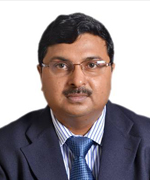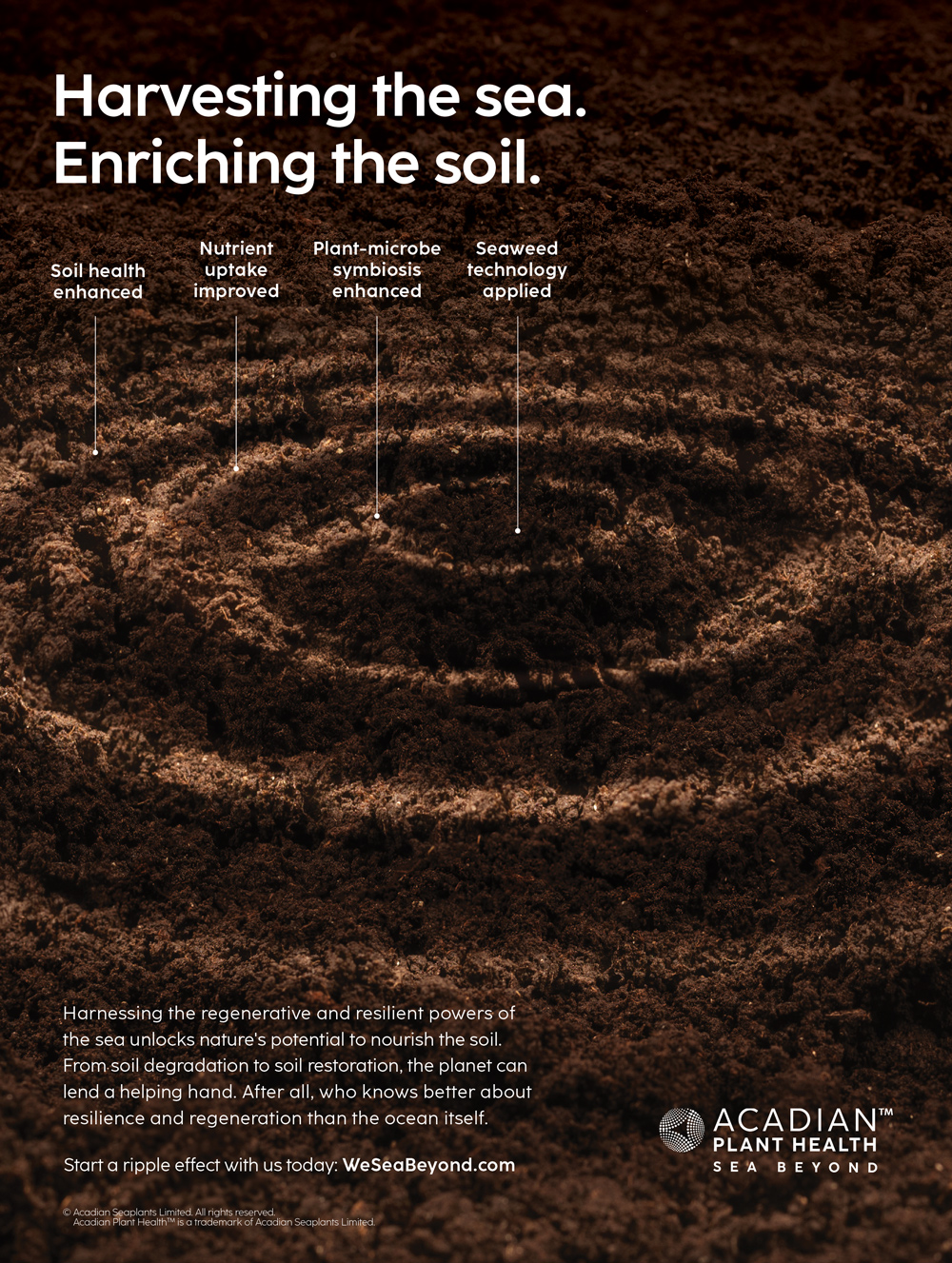Ask The Experts
Scroll Down to Read
By Michele Katsaris
Managing Editor
 Soumendu Ghosh
Soumendu Ghosh
Commercial Director—India
Acadian Plant Health
ABG: What is the biostimulant market like in India?
Soumendu Ghosh: Indian agriculture, with vast available acreages of a variety of crops throughout the year, provides enormous growth opportunities for quality biostimulants. India is an emerging market for biostimulants and is consistently growing at CAGR of 13.5 %, currently valued at $320 million, which is expected to cross $500 million by 2030, according to Industry Estimate.
The seaweed extract-based biostimulant market is valued at $83 million and is growing faster than other categories of biostimulants. Fruits and vegetables contribute less than 50% of the India biostimulant markets.
Farmers’ preferences are growing for quality biostimulants due to increasing awareness; higher emphasis on protecting yield and food quality; defending against the adverse impacts of abiotic stresses; and improving deteriorating soil health. Increasing investment and strategic initiatives by crop protection and fertilizer companies are entering into this segment which augurs well for the growth of biostimulants in India. India is an emerging market of biostimulants and provides a unique opportunity for continued growth on a sustainable basis.
 Steve Hawkins
Steve Hawkins
CEO
ADAMA
ABG: What are your thoughts on the Chinese continuing to manufacture product, putting it into the market at lower prices?
Steve Hawkins: Well, about 70% of the active ingredient production for all the agricultural inputs is from China. They are by far the largest supplier in the industry, including ADAMA. We have manufacturing assets in China, plus we procure from China. This market disruption, this kind of super cycle that happened post-pandemic, takes time. As we know, in agriculture, it’s seasonal. You only get one chance in the year for this high-cost inventory to move through the chain.
As far as the inventory build in China, it’s still there. It’s working its way through the system. The pricing is more stable than it’s been. We see 2024 as a year of transition or it may take a little more time, like the next cycle, but those macro-factors of inventory remain in most markets.
Ken Barham
Vice President of Crop Protection Sales
Nufarm
ABG: How do you anticipate the glyphosate market evolving in the near future, and what implications might this have for pricing and oversupply concerns?
Ken Barham: The glyphosate market will continue to evolve as demand resumes in South America, bringing a supply demand balance back to the global glyphosate markets. This will likely put upward price pressure on glyphosate, but not until the fall and for the 2025 growing season.

